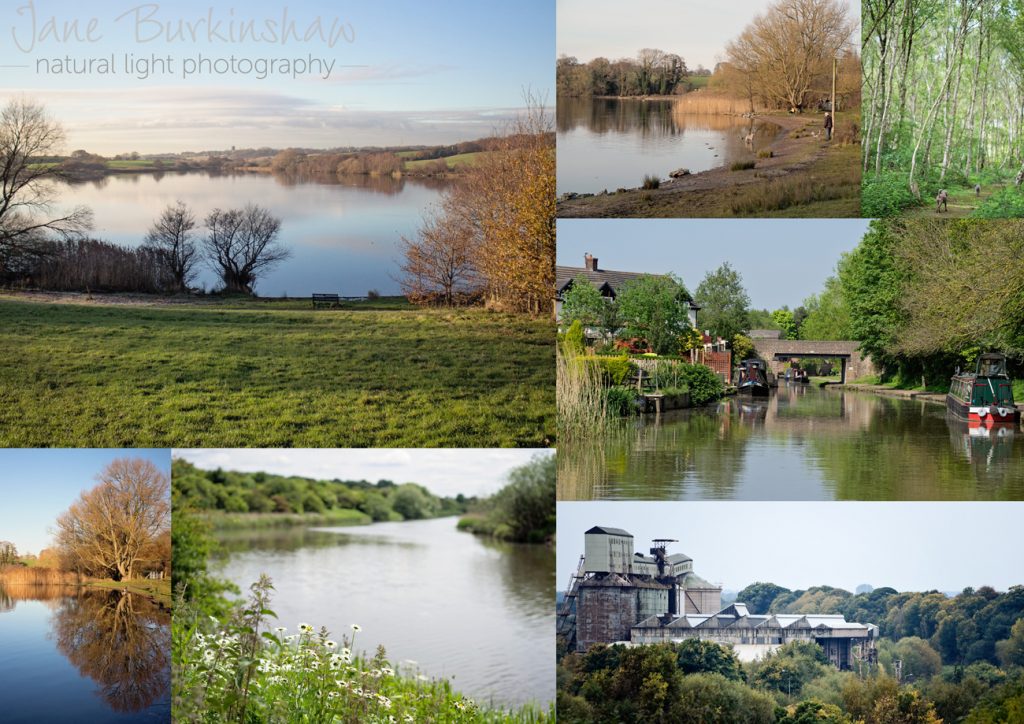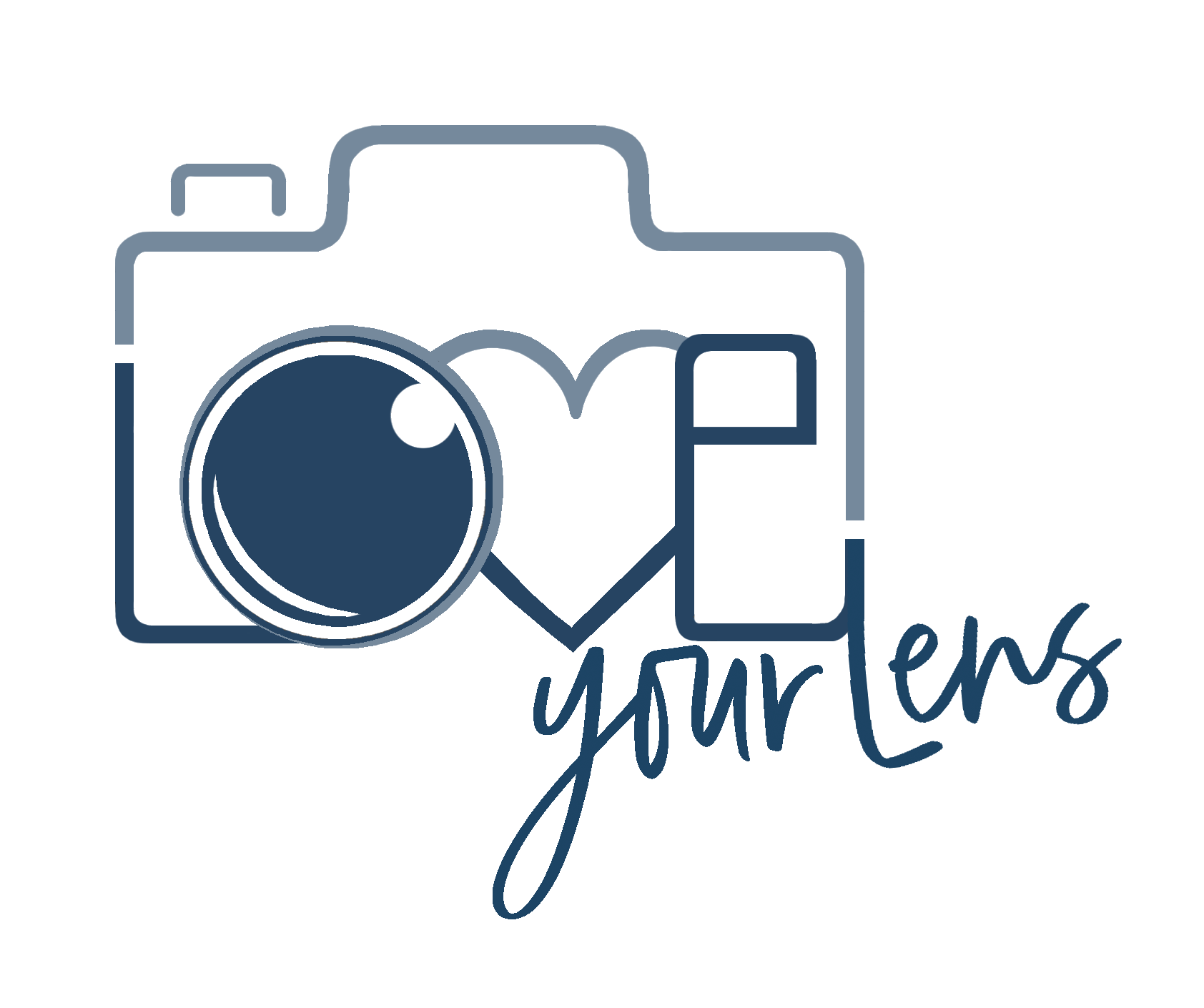 I’m taking a slightly different approach with this post and not taking you through all the classic composition rules for landscapes. I’d like to concentrate on WHY you are taking the photograph and what you should CONSIDER before you press the shutter. I’m a huge advocate for slowing down and thinking before you click away and end up with some “so what” pictures that disappoint you later. So here are a series of questions to consider. These could of course apply to subjects other than landscapes.
I’m taking a slightly different approach with this post and not taking you through all the classic composition rules for landscapes. I’d like to concentrate on WHY you are taking the photograph and what you should CONSIDER before you press the shutter. I’m a huge advocate for slowing down and thinking before you click away and end up with some “so what” pictures that disappoint you later. So here are a series of questions to consider. These could of course apply to subjects other than landscapes.
- WHY are you taking this photograph? The most important question of all. Is it because you want to remember the moment? Is it very beautiful? Does it conjure up an emotion? Does it tell a story?
- What do you want to communicate? A story, an emotion?
- What is the focal point in the image? Landscapes need one in order for the eye not to just slide off the image. A house, a person, animal, tree, boat, bird, wall, lake, a dramatic sky etc.
- Is the focal point obvious? Could you do more to highlight it? Position it on an intersection of the lines used in the Rule Of Thirds? Make it stand out against the horizon by having it break through the horizon?
- Is anything distracting from the point of focus? Should you zoom in slightly to exclude it?
- What is in the foreground, middle and background of the shot? Do you want them there? If not, change your angle, viewpoint or look for a different shot.
- What kind of light are you shooting in? Would the shot look better if you waited for a break in the clouds, after the rain shower or came back at a different time of day?
- How does your eye travel through the shot? Does it lead to the point of focus? If it doesn’t travel then your image will end up feeling bland. Revisit the notes on strong composition for landscapes.
- Are you shooting from the best angle? Should you get lower down, climb higher up?
- Does the shot look better in landscape or portrait format?
- Is your framing straight? There’s nothing worse than wonky horizons in landscape shots.
- Are you using the best lens? Often a wide angle for landscape. Is there any distortion at the edges. If so, zoom in slightly.
- Have you got the exposure and depth of field right? For wide depth of field use an aperture of at least f/11, higher if you are zooming in. Check your histogram and if the image is under or over exposed adjust the shutter speed and ISO.
- Will your camera capture the full dynamic range? If the scene is quite contrasty with lots of bright areas and dark shadows, your camera may struggle to capture detail in those areas. See if your camera has a setting for HDR or use the bracketing function to take a series of images that could be blended together later in post production. More advanced photographers may use neutral density filters to darken the sky and expose for the ground.
- Do you need to use a tripod? If you want to shoot very high quality images and therefore keep the ISO low (ISO 100-200), the need to use a small aperture for maximum depth of field could result in a slow shutter speed. If it is slower than 1/60 you should ideally be using a tripod. If you want to avoid this, then open your aperture up slightly and increase the ISO until you have a fast enough shutter speed.
A few additional questions you could also ask yourself:
- Whose work do you admire?
- How do they get their shots?
- How do they edit them?
- What will your image be used for? Does this affect how you would shoot it?
- Is it a standalone shot or part of a series?
- How do you intend to edit it?
- What do you want to learn today?
LANDSCAPE PHOTOGRAPHERS I ADMIRE


No comments yet.